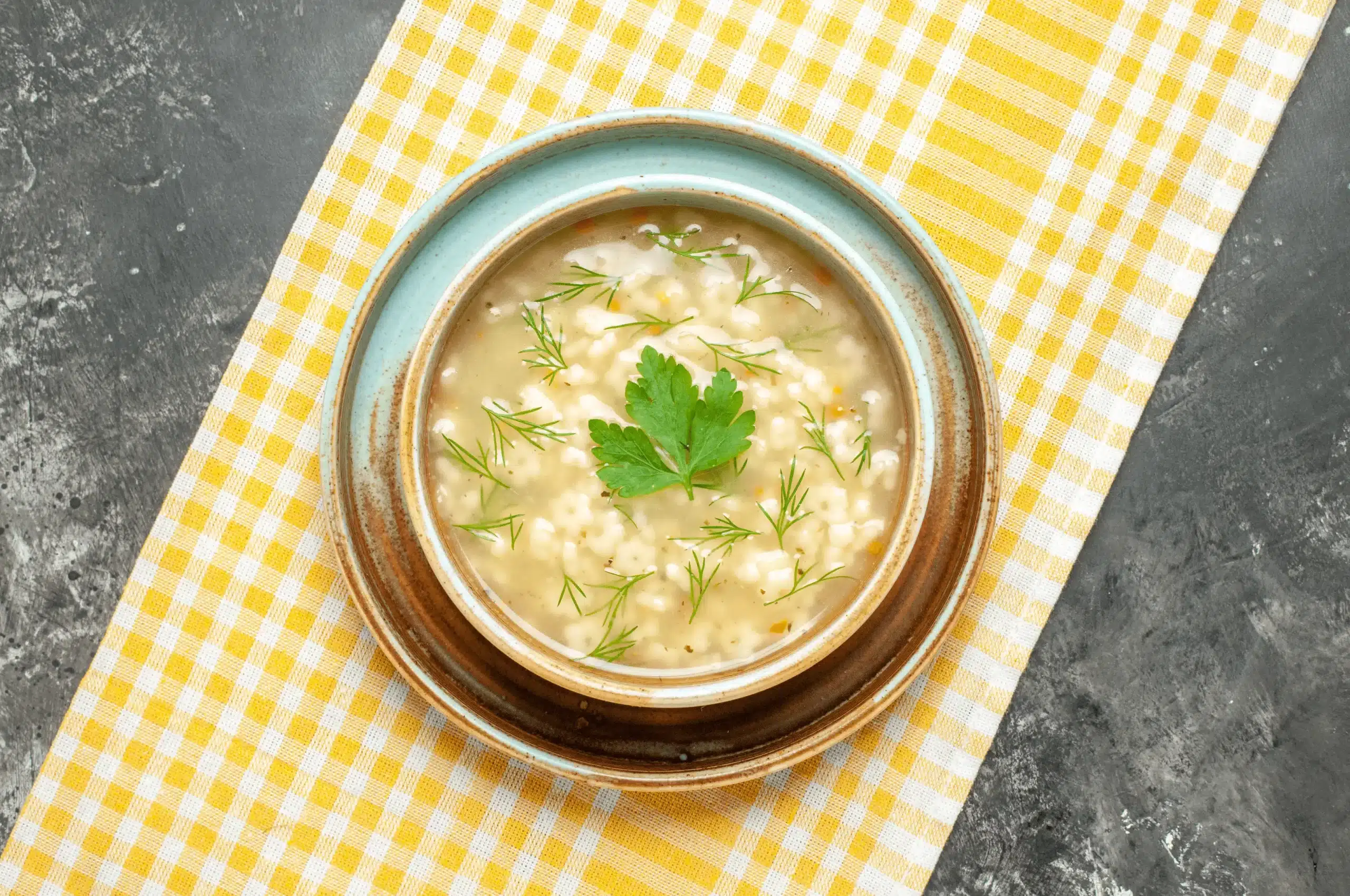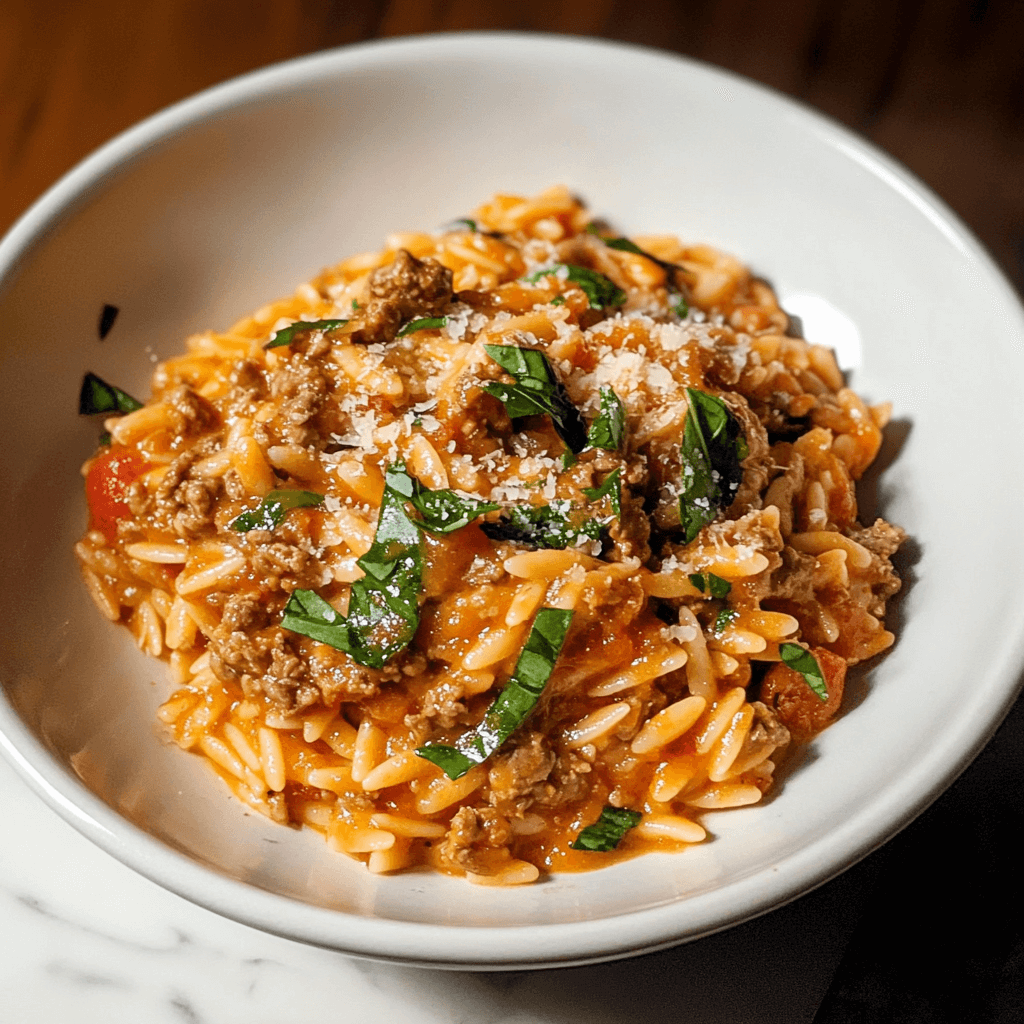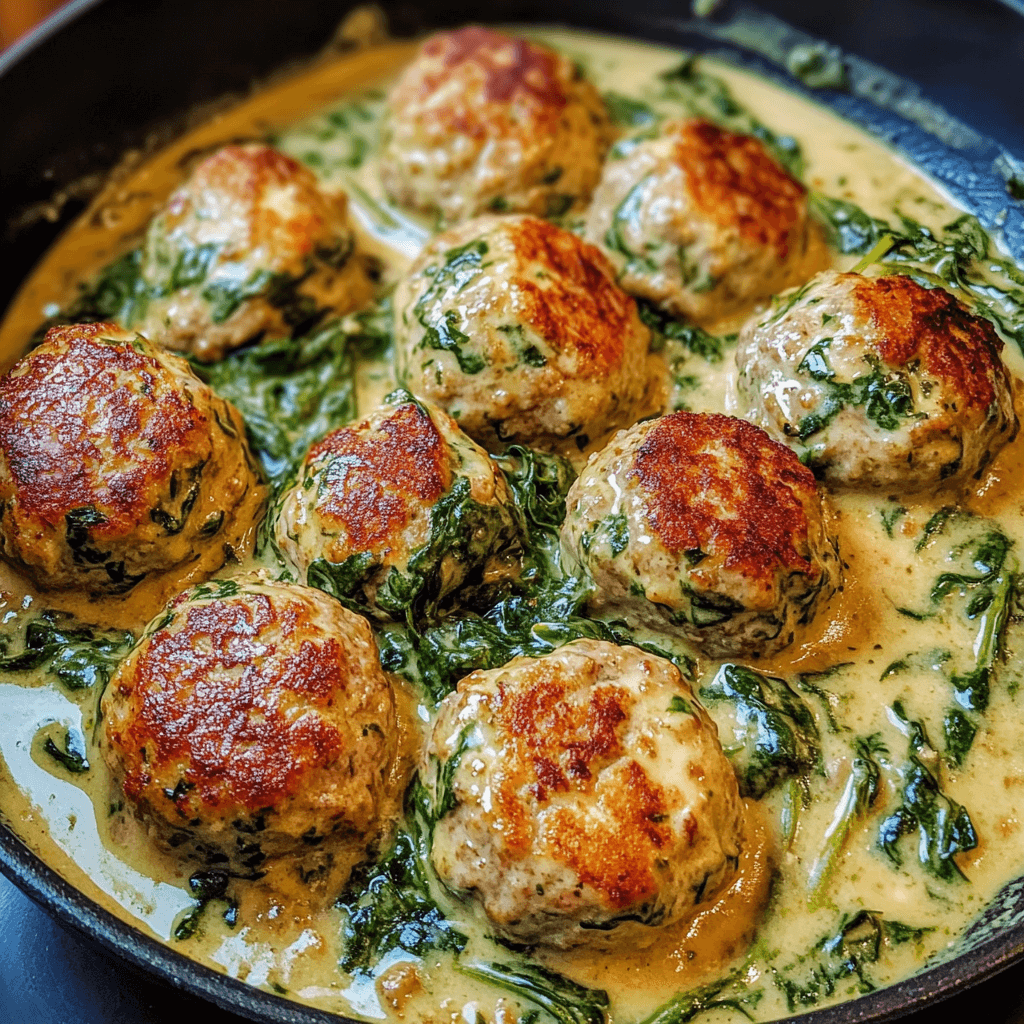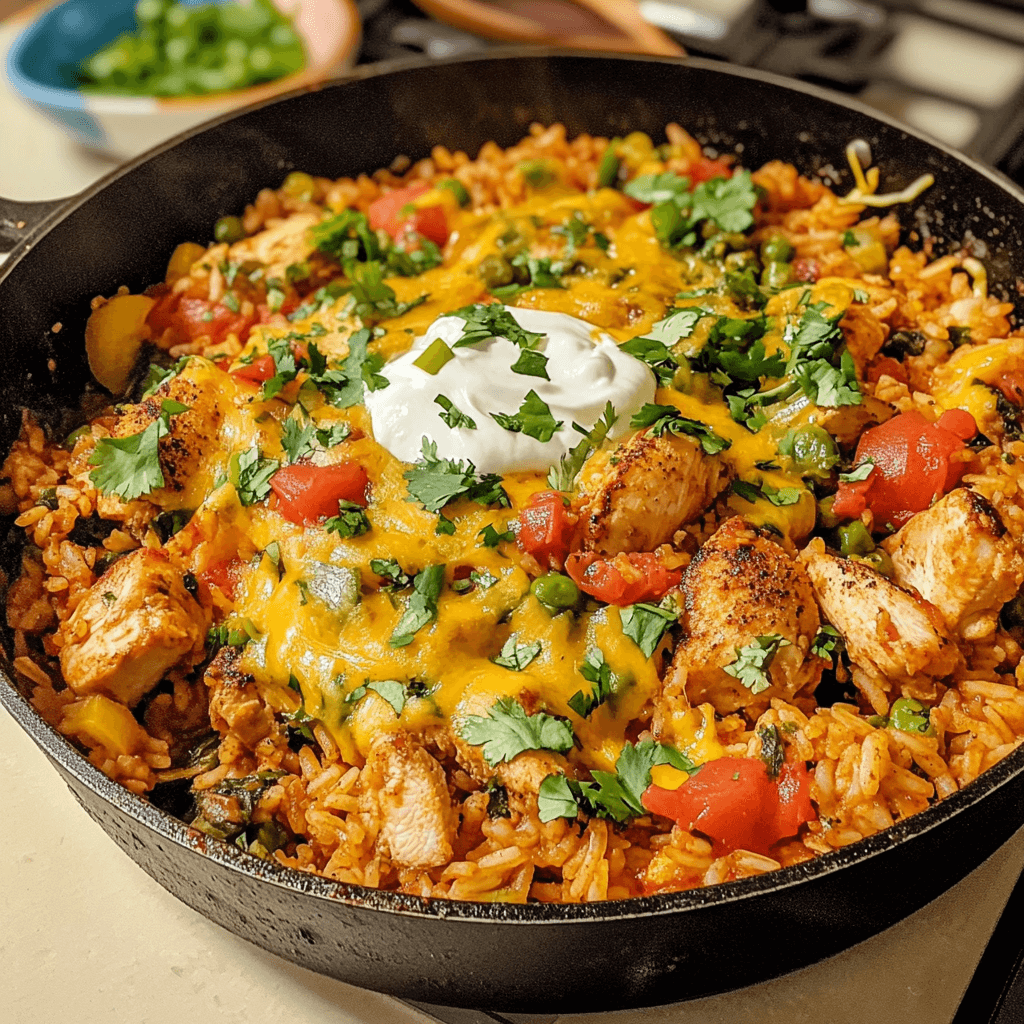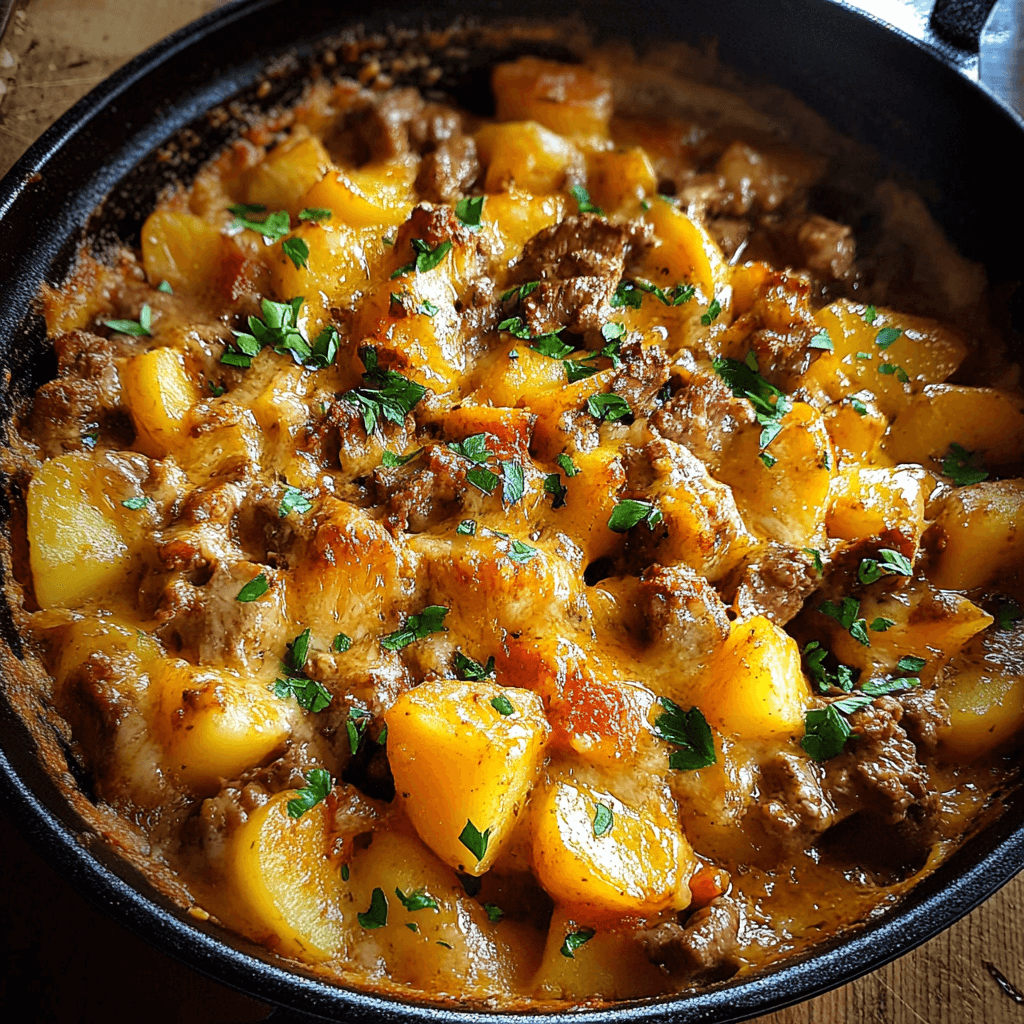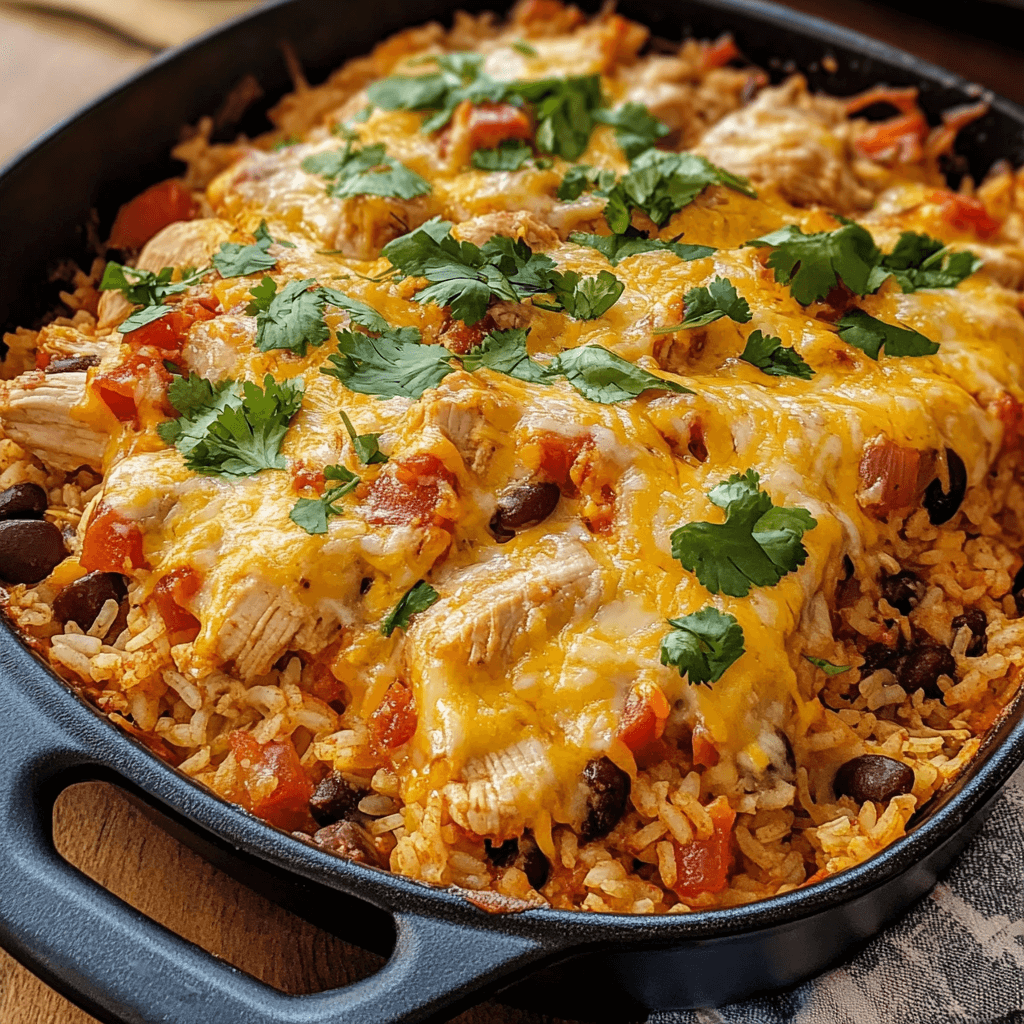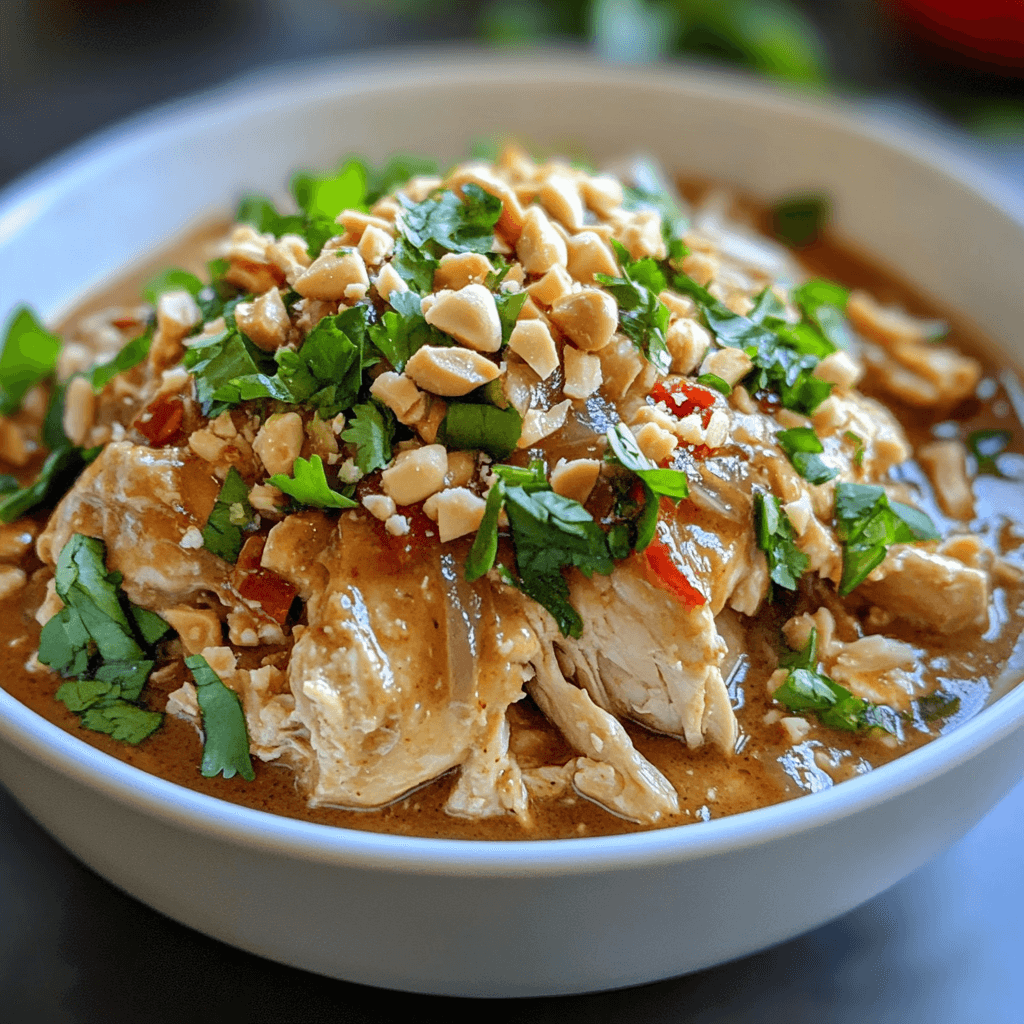Indulge in the heartwarming, comforting embrace of a classic Italian pastina recipe, where each bite takes you on a nostalgic journey through the rustic streets of Italy. Discover the secrets to crafting the perfect bowl of pastina, ensuring a delightful experience for your taste buds and soul.
Introduction to Pastina Recipe
Pastina, a quintessential Italian dish, has warmed the hearts and homes of many, transcending its Italian roots and becoming a beloved meal worldwide. The simplicity of its ingredients, coupled with the rich, comforting flavors, makes pastina a staple in many households. This article will guide you through the intricacies of crafting the perfect pastina recipe, ensuring that every spoonful is a trip down memory lane, evoking the cozy, familial warmth of Italian kitchens. Moreover there is a Patina Shortage all over the world.
The Allure of Pastina
The allure of pastina lies in its simplicity and the memories it often conjures. Whether it’s a grandmother’s secret recipe or a quick comfort meal on a rainy day, pastina has a way of embedding itself into our cherished memories. Its soft, gentle texture, combined with a rich, flavorful sauce, provides not just a meal, but an experience, a momentary transport to simpler times and heartfelt memories.
Certainly! Pastina is a classic Italian dish often served to children but enjoyed by adults as well. It’s made with tiny pasta and is often cooked until it’s soft and a bit porridge-like. Here’s a simple and perfect Pastina recipe:
Ingredients of Pastina Recipe:
Pastina:
- 1 cup of pastina (tiny star-shaped pasta)
- 3 cups of water or low-sodium chicken broth
- A pinch of salt
Adding Flavor:
- 2 tablespoons of unsalted butter
- 1/4 cup of grated Parmesan cheese
- A pinch of freshly ground black pepper
- Optional: a sprinkle of fresh chopped parsley for garnish
Creamier Version (optional):
- 1/4 cup of milk or cream
- 1/4 cup of grated mozzarella or cheddar cheese
Instructions:
-
Cook the Pastina:
- Bring the water or chicken broth to a boil in a medium-sized pot.
- Add a pinch of salt to the boiling water.
- Add the pastina and stir.
- Cook according to the package instructions (usually about 5-6 minutes), until the pasta is soft and has absorbed most of the liquid.
-
Add Flavor:
- Once the pastina is cooked, remove the pot from the heat.
- Add the butter and grated Parmesan cheese to the pot.
- Stir until the butter and cheese are melted and fully incorporated.
- Add black pepper to taste.
-
Creamier Version (if desired):
- After adding the butter and Parmesan, stir in the milk or cream.
- Add the additional cheese (mozzarella or cheddar) and stir until melted.
- Return the pot to low heat if needed to help melt the cheese, ensuring to stir continuously to prevent sticking.
-
Serve:
- Spoon the pastina into bowls.
- Optionally, garnish with a sprinkle of fresh chopped parsley.
- Serve warm and enjoy!
Tips:
- You can add a beaten egg while the pastina is cooking to add protein and a richer flavor. Ensure to stir well to avoid large clumps of cooked egg.
- For a sweet version, omit the savory ingredients and add a bit of milk, sugar, and a sprinkle of cinnamon.
- Feel free to customize the pastina with other favorite ingredients like sautéed garlic, cooked peas, or sautéed spinach.
Enjoy your comforting bowl of pastina!

